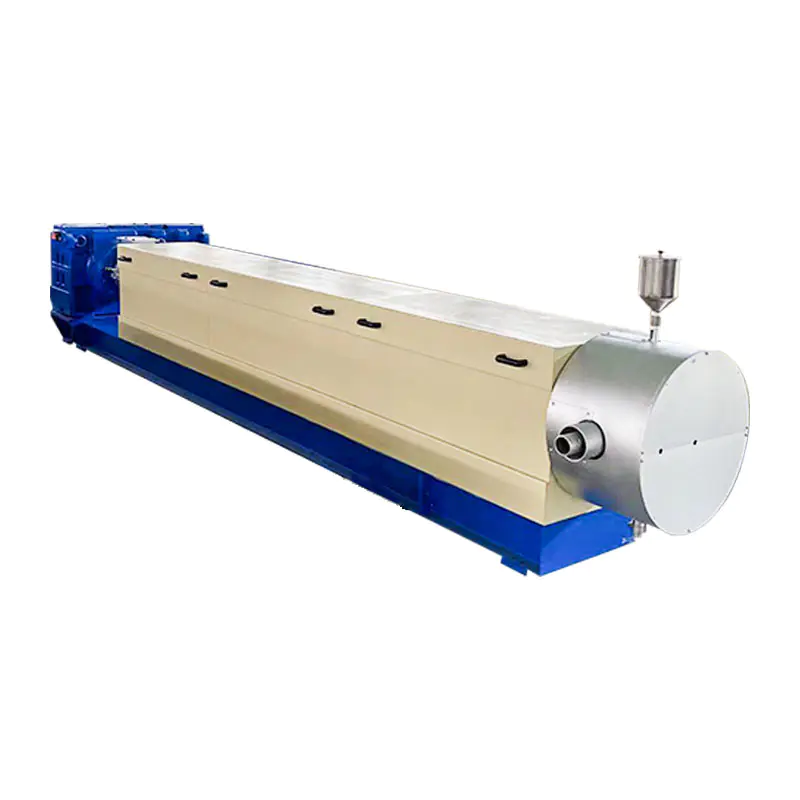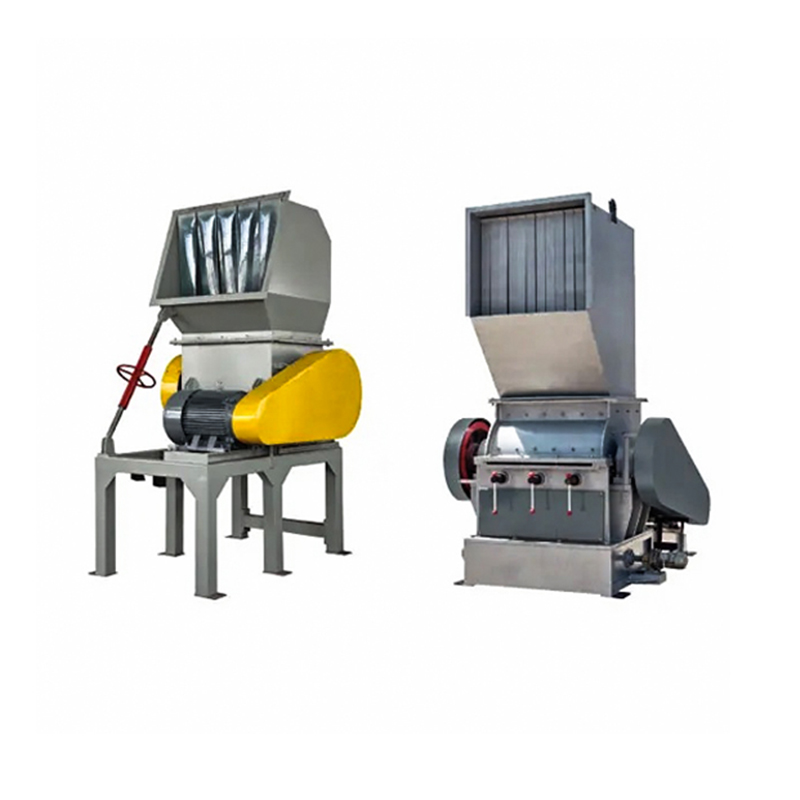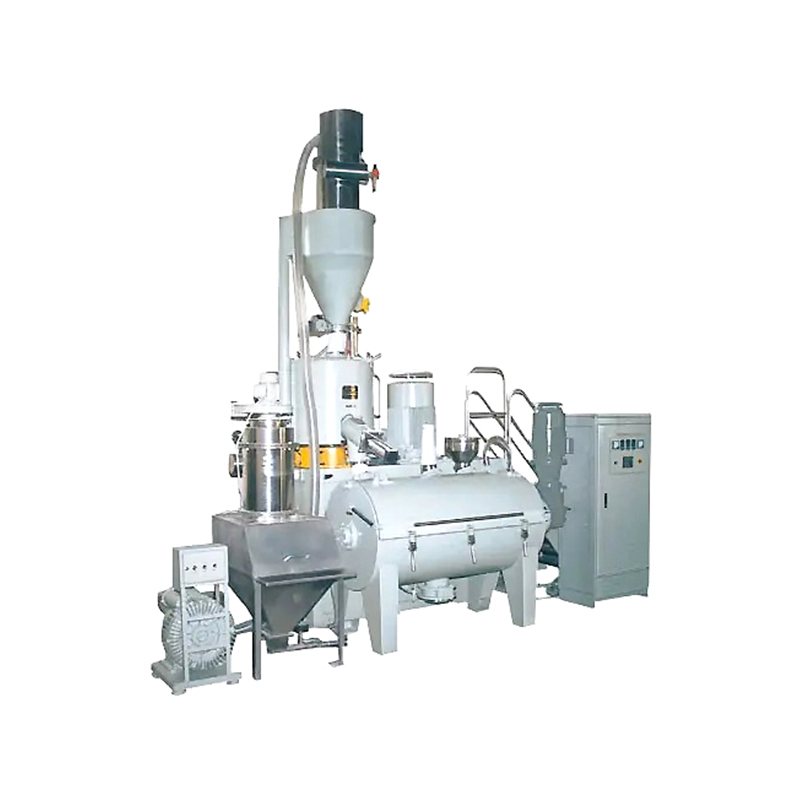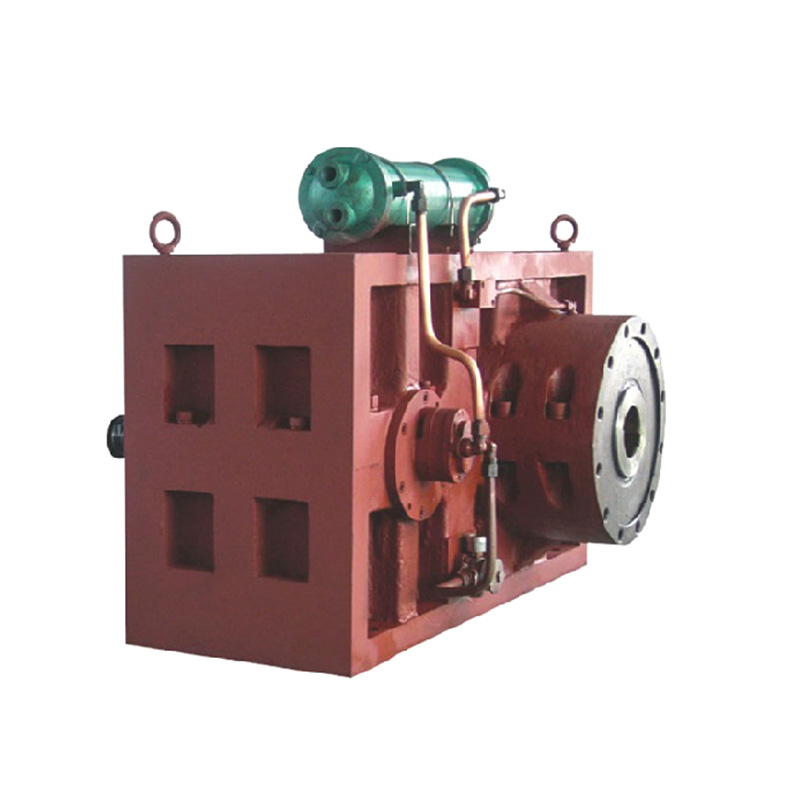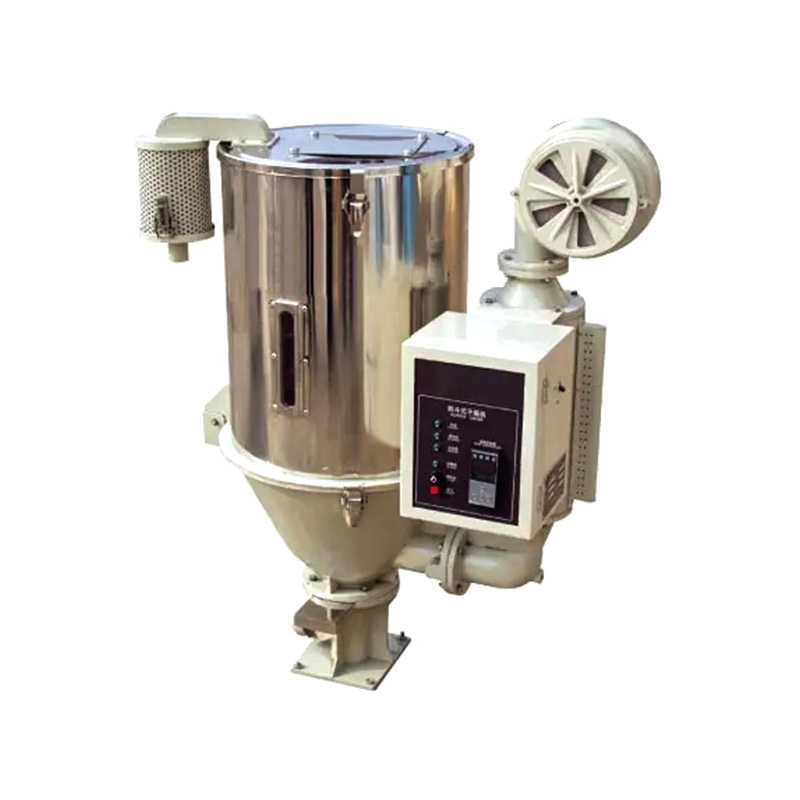A Plastic Pelleting Machine is a specialized industrial equipment used in the recycling and manufacturing sectors to process plastic materials into uniform pellets. These pellets serve as raw materials for various downstream applications, facilitating efficient handling, storage, and transportation. The machine plays a critical role in promoting sustainability by enabling the reuse of plastic waste.
Operational Principles of Plastic Pelleting Machine
Key Components
-
Feeding System: This component introduces raw plastic materials, such as flakes or scraps, into the machine. It often includes conveyors or hoppers to ensure a consistent supply.
-
Extrusion Unit: The plastic is heated and melted within a barrel using precisely controlled temperatures. A screw mechanism applies pressure to homogenize the material.
-
Pelletizing Mechanism: Once extruded, the molten plastic is cut into small, uniform pellets by rotating blades or underwater cutting systems, which cool and solidify the pellets rapidly.
-
Control Systems: Modern machines incorporate automated controls to monitor parameters like temperature, pressure, and output rate, ensuring consistent pellet quality.
Process Steps
-
Material Preparation: Plastic waste is sorted, cleaned, and shredded to remove contaminants and achieve a uniform size for processing.
-
Melting and Compression: The prepared material enters the extrusion unit, where it is melted and compressed to form a continuous plastic strand or sheet.
-
Cutting and Cooling: The extruded plastic is cut into pellets and immediately cooled using water or air systems to prevent deformation and maintain structural integrity.
-
Collection and Packaging: The finished pellets are collected, dried if necessary, and packaged for distribution or further industrial use.
Applications of Plastic Pelleting Machine
Recycling Industry
-
Waste Management: Plastic Pelleting Machines process post-consumer or industrial plastic waste, such as bottles and packaging, into reusable pellets. This reduces landfill accumulation and supports circular economy initiatives.
-
Material Recovery: The pellets produced can be used to manufacture new products, including containers, pipes, and automotive parts, minimizing the need for virgin plastic.
Manufacturing Sector
-
Production Lines: In plastic manufacturing, these machines convert raw polymer resins or recycled materials into pellets that are ideal for injection molding, blow molding, or extrusion processes.
-
Quality Consistency: By producing uniform pellets, the machine ensures predictable melting and flow characteristics in downstream manufacturing, enhancing product reliability.
Advantages of Using Plastic Pelleting Machine
Efficiency and Productivity
-
Throughput Optimization: Industrial data indicates that modern Plastic Pelleting Machines can process several hundred to thousands of kilograms of material per hour, depending on model specifications.
-
Energy Efficiency: Advanced designs incorporate energy recovery systems, reducing overall power consumption by up to 20% compared to older models, as documented in industry reports.
Environmental Impact
-
Resource Conservation: By enabling plastic recycling, these machines help conserve natural resources and reduce greenhouse gas emissions associated with virgin plastic production.
-
Waste Reduction: Studies show that pelletizing plastic waste can divert significant volumes from landfills, contributing to compliance with environmental regulations.
Economic Benefits
-
Cost Savings: The use of recycled pellets lowers raw material costs for manufacturers, with economic analyses indicating potential savings of 15-30% in material procurement.
-
Market Demand: The global market for recycled plastic pellets is growing, driven by regulatory policies and corporate sustainability goals, ensuring long-term viability for investments in this technology.
The Plastic Pelleting Machine represents a pivotal technology in modern plastic processing, combining operational efficiency with environmental and economic benefits. Its ability to transform diverse plastic materials into standardized pellets supports both recycling efforts and industrial manufacturing. As industries continue to prioritize sustainability, the adoption of such equipment is expected to expand, backed by empirical data and technological advancements.



 عربى
عربى



